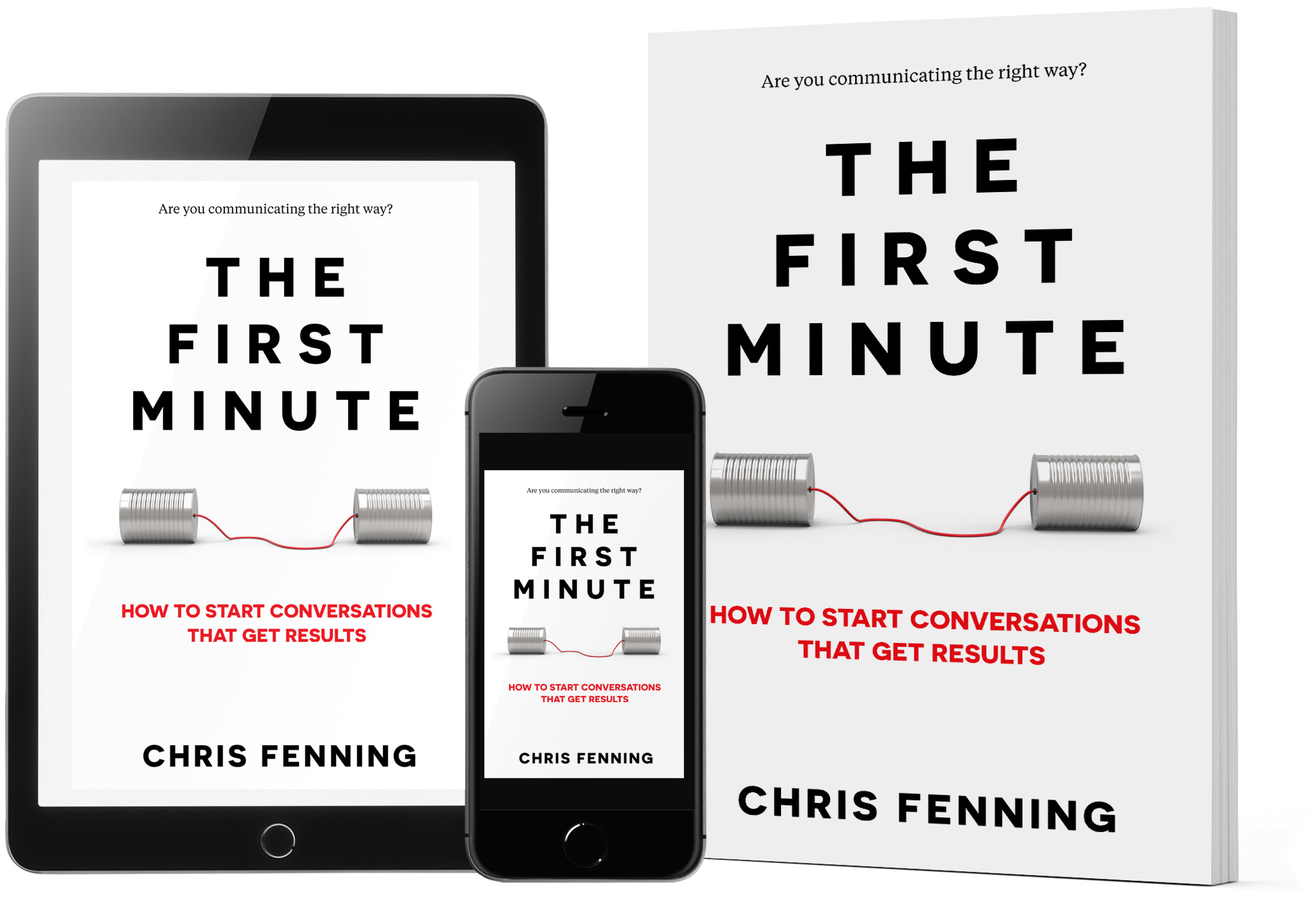Welcome to the final post of this three-part series on showing clear intent when starting conversations at work.
In the previous posts (1 of 3), (2 of 3) you learned about the main reasons for communicating in everyday work situations. In addition to those work topics, there is one more reason you might want to talk to someone that wasn’t described: wanting to chat. This final post discusses how to show intent when you want to talk about non-work topics whilst at work.
Not every conversation at work is about work
Not every conversation at work is about conveying critical information or asking for help. Sometimes you just want to talk to people.
Wanting to chat covers a wide range of topics, including sharing stories, recounting recent events, gossiping, letting off steam without any expectation of advice or help, and general conversations unrelated to work.
Just talking is important, it is how we bond with colleagues and how we let off steam. When I say ‘just talking’ what I mean is sharing stories, recounting recent events, gossiping, letting off steam without any expectation of advice or help, and general conversations unrelated to specific work goals.
Talking with other people is important for us socially and for our sanity. But that doesn’t mean we should have any less care or consideration for people’s time. It doesn’t mean we should be any less clear about the intention of the conversation.
In the same way, as a work conversation should be framed, a social type conversation at work should also be framed and have a clear intent.
How to show intent when you just want to talk
If you are wondering how to show intent when you want to talk about something in the ‘wanting to talk’ category, consider showing your intent using a statement like:
- ‘I have a funny story to share…’
- ‘You might find this interesting…’
You can also ask a question instead of making a statement.
- ‘Do you have time for a funny story?’
- ‘Would you like to know what happened with X?’
- ‘Can I vent for a minute?’
In the earlier example, Emma didn’t know what to do with the information Daniel was giving her. In the end, she had to ask ‘Is there something specific I can help with?’. Daniel could have shown his intent and set expectations for Emma with a line like ‘I had a crazy morning with TechCorp. Would you like to hear about it?’. Even something as simple as ‘It’s not urgent’ or ‘Hey, funny story…’ would have made it clear there wasn’t an issue. Any of these statements would have saved Emma ten minutes of worry and given her a chance to defer the conversation until after the planning meeting.
Conclusion
This post about how to show intent when you want to talk, brings us to the end of the three-part series on showing clear intent at the start of work conversations.
In this series you’ve seen:
- An example of a conversation without clear intent.
- The confusion caused by unclear intent.
- The reasons that providing clear intent is so important.
- The types of intent for most work conversations.
- How to show clear intent.
- What to do if you don’t have a clear intent and just want to talk.
You now have a simple, but powerful method to ensure you have a clear intent. Apply this method at work and your audience will always know why you are talking to them.
Learn more with my book
The First Minute

My multiple award-winning book is a step-by-step guide for clear, concise communication in everyday work conversations.
Being concise is not about trying to condense all the information into 60 seconds. It’s about having clear intent, talking about one topic at a time, and focusing on solutions instead of dwelling on problems.
Throughout this book you’ll discover how to:
- Have shorter, better work conversations and meetings
- Get to the point faster without rambling or going off on tangents
- Lead your audience toward the solution you need
- Apply one technique to almost every discussion, email, presentation and interview with great results
